SCIENCE

Who is Volodalen?
At the Volodalen® Laboratory, researchers and engineers explore the science of human movement with meticulous precision. For over two decades, their mission has been to understand how individual biomechanics and motor preferences™ shape the way we move, perform, and adapt.
Combining objective data with athletes’ lived experiences, Volodalen® studies the synergy between body and mind, between measurable performance and felt motion. This unique approach has positioned Volodalen® as a global leader in movement science, bridging research and practice to elevate performance, prevent injuries, and guide every individual toward their most natural and efficient way to move.
Beyond Volodalen, there is a man, Cyrille Gindre and a whole history:
 ACADEMIC
BEGINNINGS
ACADEMIC
BEGINNINGS
Cyrille Gindre (Volodalen CEO) obtains:
- Federal coaching diplomas and
BEES 2
- Master’s degree in Sports Science
- Diploma as a physical education
teacher
• Development of the concept
of polarities in living beings
(contractile vs elastic)
- Scientific and sports coordinator
at the Institute of Sports
Medicine in Troyes (FR)
• Creation of the motor
continuum: contractile in thigh,
contractile in foot, elastic in
thigh, elastic in foot
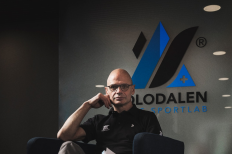 FOUNDING OF
VOLODALEN
FOUNDING OF
VOLODALEN
- Vålådålen : Swedish village where runners go for training camps
• Creation of the website
volodalen.com : 1500+ pages
and 200,000+ visits per month
• Volodalen becomes a Frenchspeaking reference for sport
physiology, biomechanics, and
sport psychology
SCIENTIFIC FOUNDATIONS
- Concept: formalization of "terrestrial" and "aerial" movement types
• Science: PhD in running
physiology, publication of books
• Sport: Running camps,
interventions in professional
sports clubs
• Meeting with Action Types
(4 day clinic)
- Invention of the quadrant of movement (patented)
• First trainings for healthcare
professionals
• First PhD dedicated to Motor Preferences™: PhD by Thibault
Lussiana
Mission
At Volodalen®, our mission is to revolutionize athletic training by integrating scientific insights into real-world coaching practices. Through state-of-the-art technology and data-driven research, we provide personalized movement assessments that empower athletes to train smarter and perform at their peak.
What they do?
- Motor Preference™ Profiling: Identifying whether an athlete is Aerial™ or Terrestrial™, and how this impacts movement efficiency in sports.
- Biomechanical Assessments: Using advanced motion analysis, electromyography (EMG), and pressure mapping to study individual movement patterns.
- Injury Prevention & Rehabilitation: Reducing the risk of injuries by aligning training methods with an athlete’s natural biomechanics.
- Performance Optimization: Helping professional athletes and teams tailor their training, conditioning, and recovery strategies based on their motor profiles.
- Scientific Collaboration: Partnering with top researchers, sports organizations, and medical professionals to advance the field of movement science.
Why It Matters?
Traditional training methods often impose a one-size-fits-all approach, leading to inefficiencies and increased injury risks. Volodalen’s research challenges this paradigm by providing individualized training solutions based on each athlete's biomechanics, muscle coordination, and nervous system responses.
By understanding how the body naturally moves, athletes can:
✔ Improve movement efficiency
✔ Reduce fatigue and strain
✔ Maximize strength and agility
✔ Prevent overuse injuries
Trusted by Elite Athletes & Teams
Volodalen’s methodology is widely used in professional sports, including running, soccer, golf, track and field, horse riding, tennis... Their scientific findings have helped elite athletes achieve higher performance levels while staying healthier and more resilient.
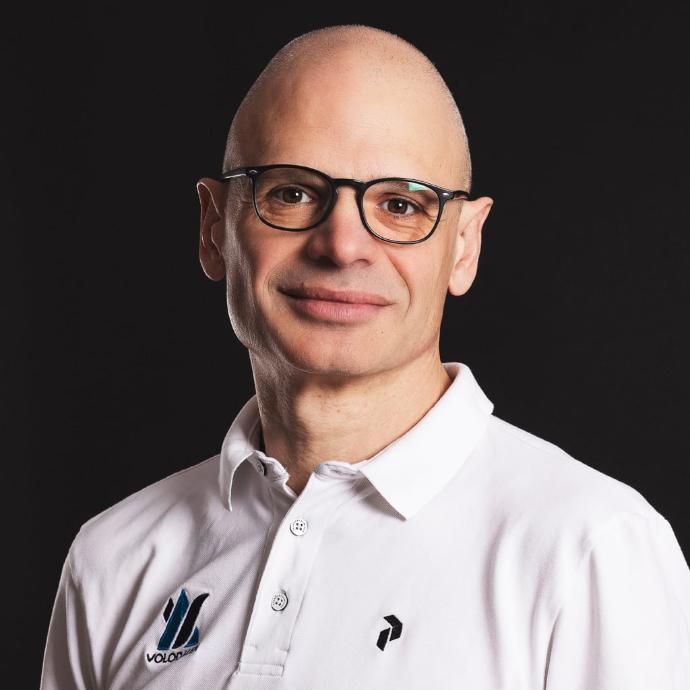
Cyrille Gindre
Ph.D. in sports
biomechanics
Cyrille is the CEO of
Volodalen. He obtained a
Ph.D. in sports
biomechanics at the
University of Reims
Champagne-Ardenne,
France, in 2009. He is the
inventor of the concept of Natural Motor Preferences. Today,
he develops all the new
concept adopted by
Volodalen and trains health
and sports professionals to
use Motor Preferences in
their practice.
Thesis : Modélisation
des relations entraînements – performances – adaptations physiologiques
chez des athlètes spécialistes de demi-fond court et de fond

Thibault LUSSIANA
Ph.D. in
sports biomechanics
Thibault obtained a Ph.D. in
sports biomechanics at the
University of Besançon,
France, in 2016. He
conducted the first
research study based on
Motor Preferences. Today,
he coordinates the
scientific studies carried
out at Volodalen and trains
health and sports
professionals to use Motor
Preferences in
rehabilitation and sports
training.
Thesis : Terrien et Aérien, concept, validation et implications
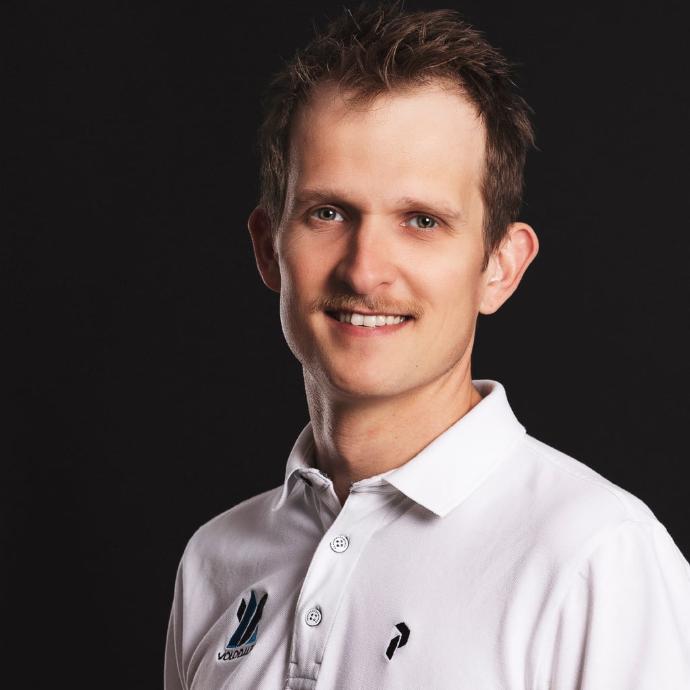
Bastiaan BREINE
Ph.D.
in health sciences
Bastiaan obtained a Ph.D.
in health sciences in 2015 at
the Ghent University,
Belgium. He has over ten
years of experience in
biomechanics research for
international sports
companies such as Mizuno,
Nike, Skechers and
Decathlon. For the last four
years he is part of the
Volodalen research team
and is responsible for the
coaching of endurance
athletes.
Thesis : Initial foot contact patterns in shod running, relationship with speed and impact intensity.
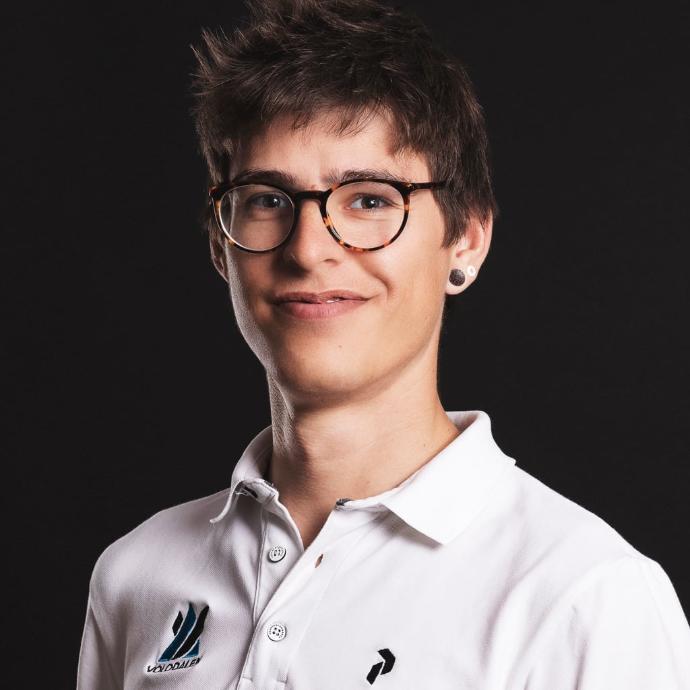
Aurélien PATOZ
Ph.D. in
sports biomechanics
Ph.D. in theoretical
chemistry
Aurélien obtained a Ph.D. in
sports biomechanics at the
University of Lausanne,
Switzerland, in 2023 and a
Ph.D. in theoretical
chemistry at the
polytechnic school of
Lausanne in 2017. He is data
scientist at Volodalen and
his mission involves
developing algorithms to
measure the running
biomechanics using inertial
sensors.
Thesis : Geometric integrators for nonadiabatic molecular quantum dynamics induced by the interaction with the electromagnetic field.

Audrey Chaperon
Strength and Conditioning coach
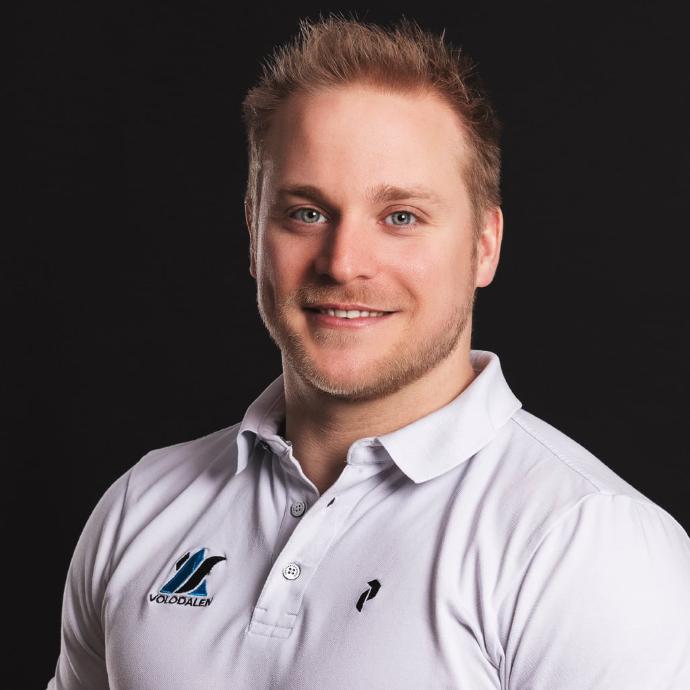
Jonathan Vanden Abeele
Bachelor's degree, Teaching of physical education and training
Strength and Conditioning coach
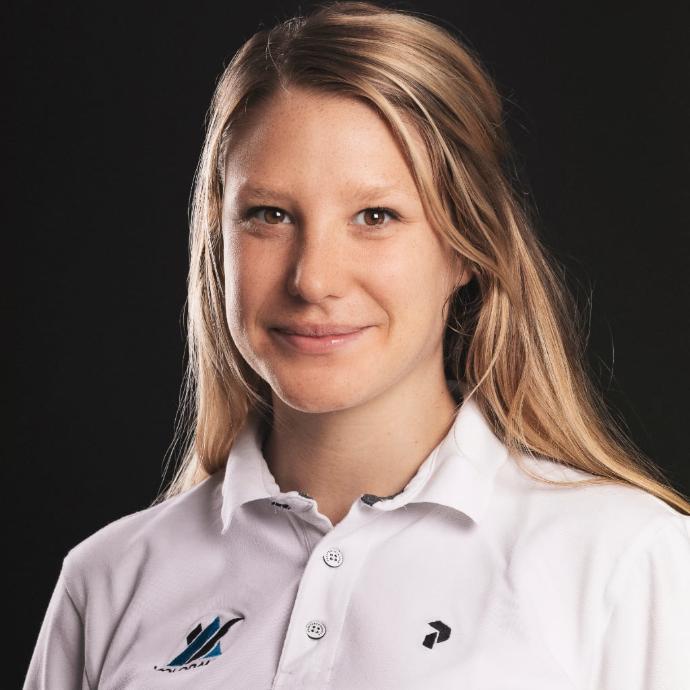
Eloise Pavlik
Physiotherapist
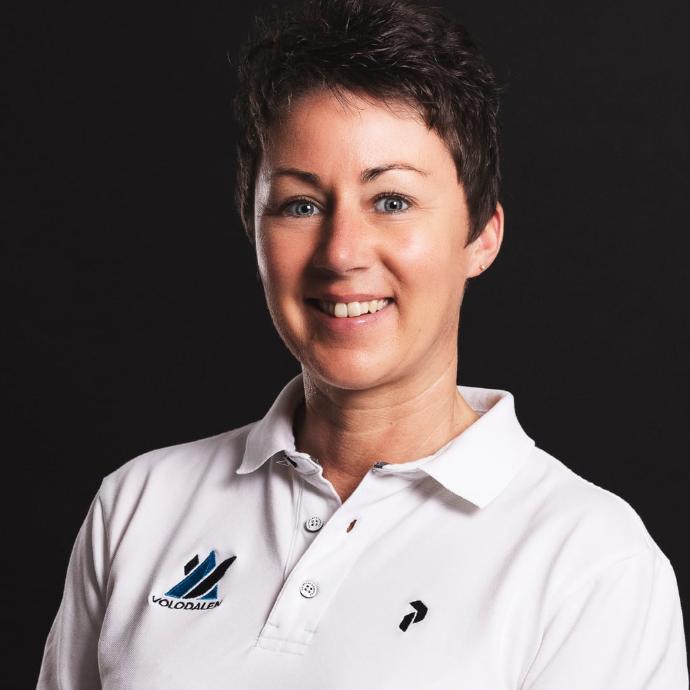
Barbara Warpelin
Administrative Manager
Examination of Running Pattern Consistency Across Speeds
🔗 https://volodalen.com/wp-content/uplo...
Did you know that your running style changes with speed?
At the Volodalen Swiss Sport Lab, our research team analyzed running styles and uncovered fascinating insights.
For speeds ranging from 10 to 18 km/h, runners, on average, reduce their duty factor by 8%, dropping from 38% to 30%. However, some remain grounded, others more aerial, and some maintain stability despite speed variations.
Mind to Move: Differences in Running Biomechanics Between Sensing and Intuition Shod Runners
Discover how your personality type can influence your running biomechanics! Our groundbreaking study reveals key differences between Sensing and Intuition runners, shedding light on ways to optimize performance and prevent injuries.
Curious to learn more? Read the full article here:
🔗 https://journals.plos.org/plosone/art...
Examination of Running Pattern Consistency Across Speeds
Did you know that your running style is unique to you?
At the Volodalen Swiss Sport Lab, our research team examined individual running patterns and discovered that people spontaneously and unconsciously adopt their own movement strategies—an auto-optimized choice that is essential for developing an efficient stride.
Our groundbreaking study reveals that describing a running pattern with a single variable is challenging due to its complexity. Instead, we analyzed it as a global system with multiple interconnected variables, each showing differences among runners.
Curious to learn more? Read the full article here:
🔗 https://volodalen.com/.../article_sci....
SCIENTIFIC PUBLICATIONS
As a world leader in scientific research on natural Motor Preferences™, Volodalen offers you a list of scientific and general public publications.
Aerial™ and Terrestrial™ patterns: A novel approach to analyzing human running.
Do subjective assessments of running patterns reflect objective parameters?
The implications of time on the ground on running economy: less is not always better.
Duty factor reflects lower limb kinematics of running.
The Nike Vaporfly 4%: a game changer to improve performance without biomechanical explanation yet.
Examination of running pattern consistency across speeds.
Feel your stride and find your preferred running speed.
Similar running economy with different running patterns along the Aerial™-Terrestrial™ continuum.
Motor Preferences™ in running and quiet standing.
Recognition of foot strike pattern in Asian recreational runners.
Duty factor is a viable measure to classify spontaneous running forms.
Footstrike pattern at the 10 km and 39 km points of the Singapore marathon in recreational runners.
Estimating effective contact and flight times using a sacral-mounted inertial measurement unit.
There is no global running pattern more economic than another at endurance running speeds.
PIMP your stride: preferred running form to guide individualized injury rehabilitation.
Discover the Science Behind the Method.
Volodalen is the foundation of Motor Preferences, a cutting-edge approach born in Switzerland that blends movement science, neuroscience, and decades of field research to help athletes move the way they’re built to move.




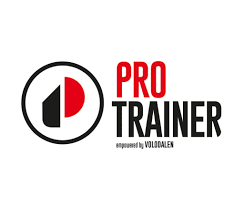

.png)
